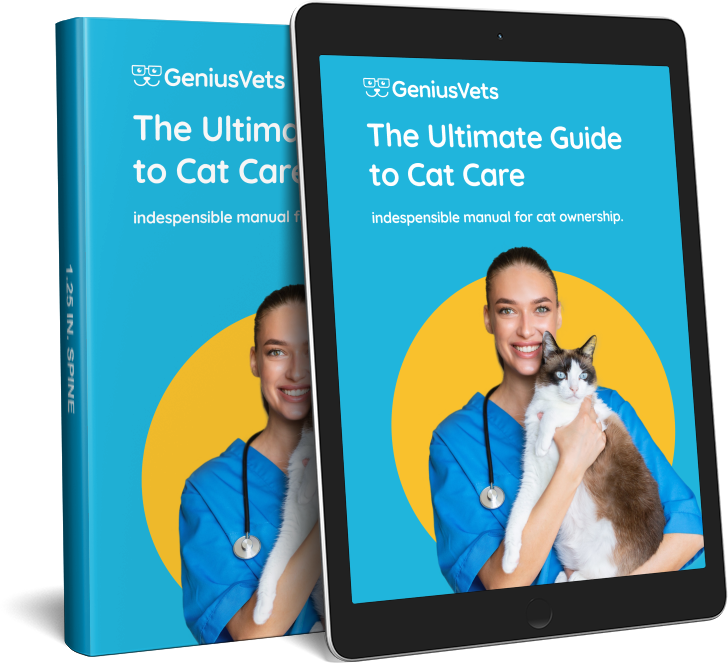A salivary mucocele, also known as a salivary gland mucocele or sialocele, presents as a swollen area caused by saliva leakage from a damaged salivary gland or duct into surrounding tissues. While not common, this condition can significantly impact a pet's quality of life.
What Does a Salivary Mucocele Look Like?
Salivary mucoceles typically manifest beneath the lower jaw or under the tongue in cats. The swelling may feel hard or squishy, akin to a water balloon. In severe cases, these swellings can cause difficulties in eating, swallowing, or breathing. Mucoceles under the tongue, also known as ranulas, appear as tumor-like bulges or bubbles on the floor of the mouth. They might impede mouth closure, food retention, and swallowing. In rare instances, mucoceles can occur in uncommon places such as on the cheek or roof of the mouth.
Diagnosis of Salivary Mucoceles
Diagnosing a salivary mucocele is typically straightforward. Veterinarians often use aspiration, a method involving a needle and syringe, to extract fluid and cells for microscopic examination. This helps confirm the type of fluid and assess the presence of infection.
Treatment Approaches
- Surgery: Surgical removal of the affected gland is the most common and effective treatment. If the mucocele results from a damaged duct, creating a new opening in the duct can sometimes resolve the issue without gland removal. Fortunately, the mouth contains multiple salivary glands, ensuring the removal of one does not significantly affect saliva production. In some cases, multiple surgeries might be necessary to ensure complete removal of diseased tissue.
- Draining: Temporary draining of the mucocele can be done, especially when it causes significant issues like difficulty in eating, drinking, breathing, or swallowing. However, this is a short-term solution, as mucoceles typically refill with saliva after drainage.
- Medications: Antibiotics and anti-inflammatory medications might be prescribed, depending on the presence of infection or the level of inflammation and pain.
Prognosis and Recovery
Pets generally recover well after surgery and resume normal activities. Recurrence of salivary mucoceles is rare after successful surgical removal. It's important for pet owners to be vigilant and consult a veterinarian if they notice any unusual swellings or changes in their pet's behavior or eating habits, as early detection and intervention can significantly improve the outcome for pets affected by this condition.
Don't have a vet in your area yet? We can help you find a local veterinarian.
If you have more questions, the GeniusVets Telehealth platform will give you unlimited access to text and/or video calls with board-certified veterinarians! To learn more click here.


